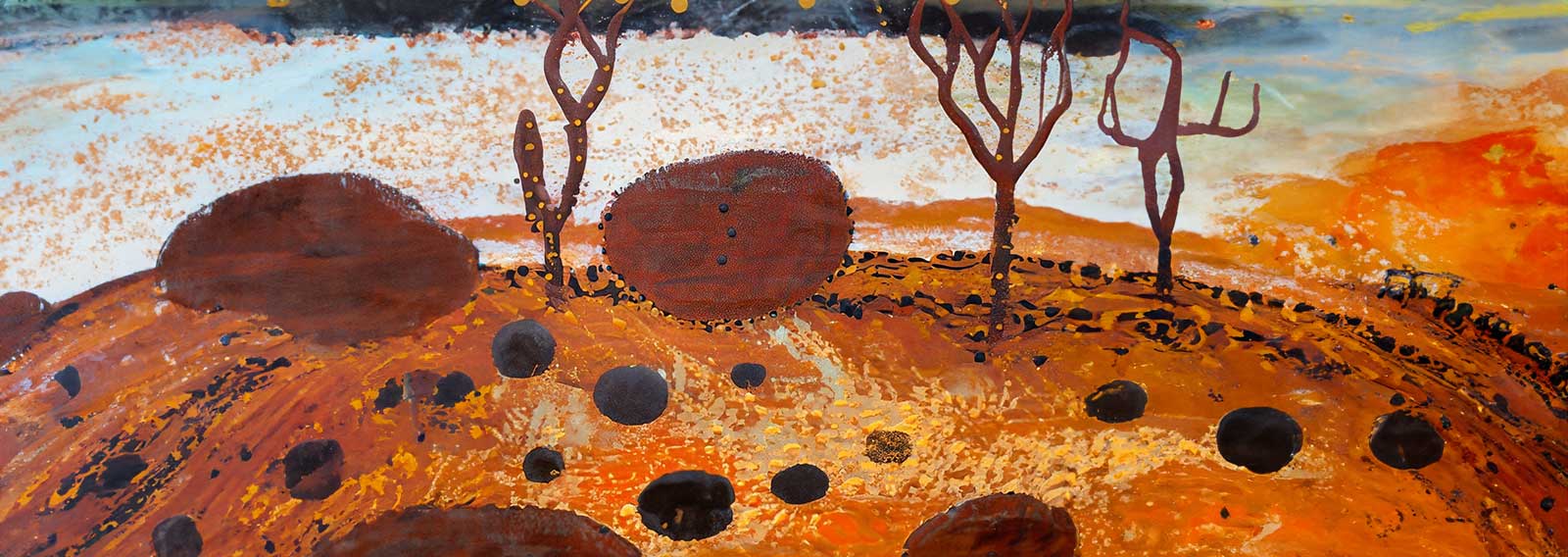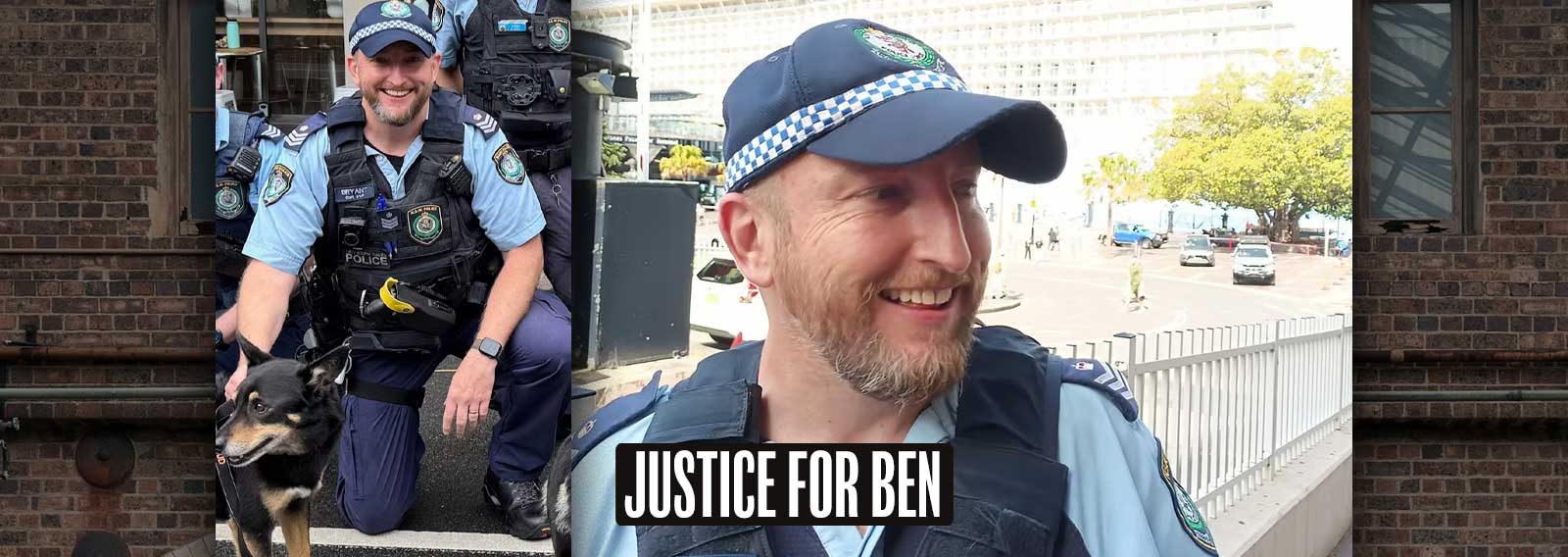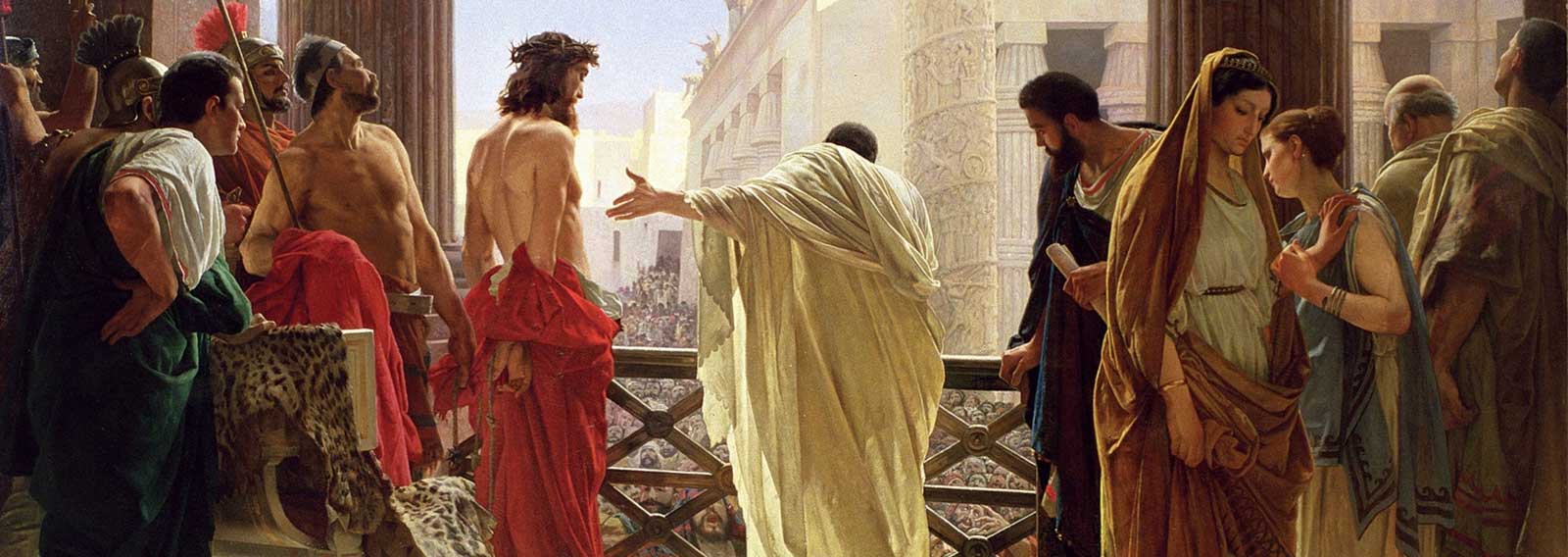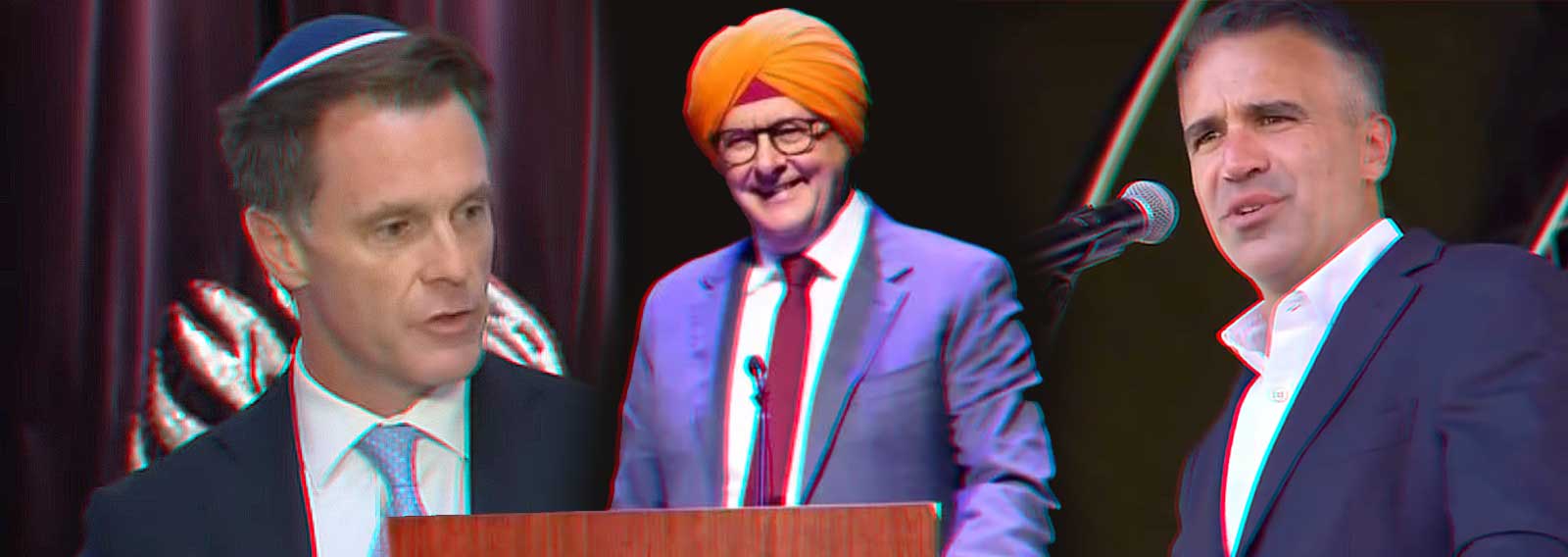The Uluru Statement is 26 pages long, but the Prime Minister hopes his referendum will pass by hiding its radical pages from the public.
The Uluru Statement from the Heart is 26 pages long, not one.
That is a fact, notwithstanding insults from the Prime Minister, hyperventilating from his cabinet, a rewrite of history by Indigenous activists, and outright lies from The Guardian.
Each of those theatrics we will get to.
But first, why does the length of the Uluru Statement even matter?
Because its additional 25 pages detail a roadmap that will take Australia directly from a Voice to Parliament to an unwanted Treaty — complete with “reparations” that will cost taxpayers a “percentage of GDP” along with more “rates, land tax and royalties”.
Arguably worse than the Uluru Statement’s financial secrets is the divided Australia envisioned in its supplementary pages: two Australias riven by race and irreversible grievance, but bound in legislated Treaty.
Until this week, Prime Minister Anthony Albanese swore black and blue the Voice was merely about Constitutional recognition for Indigenous people; a “gracious, generous and optimistic invitation” to the people of Australia.
Who could refuse that?
Now we know the referendum is about a much more radical agenda.
How the Uluru Statement Scandal Unfolded
The Uluru Statement from the Heart’s additional 25 pages became public thanks to a Freedom of Information request from Senator Pauline Hanson back in March.
But the revelation only gained traction last week, when Peta Credlin put it under the spotlight in the Daily Telegraph. “The whole tenor of the full Statement from the Heart,” she wrote, “is one of anger, grievance, separatism, and the need to restore, as far as possible, Aboriginal rights over the entire Australian land mass”.
Senator Jacinta Nampijinpa Price soon joined the chorus, agreeing with Credlin on Sky News that the longer script, identified as ‘Document 14’ in the FOI release, represented the full Uluru Statement.
Price said her office had received confirmation from the National Indigenous Australians Agency (NIAA) that the Uluru Statement “is, in fact, the 26 pages, and not just, of course, the one page”.
Histrionics from the Albanese Government
Mad as a cut snake that he’d been found out misleading the public, Prime Minister Anthony Albanese reached directly for the argument of last resort.
“That is a conspiracy in search of a theory, Mr Speaker,” the PM scoffed during Question Time on Tuesday. “Like a whole lot of the QAnon theories, we have all sorts of conspiracy stuff out there, but this is a ripper,” Albanese jeered.
Tanya Plibersek, a member of the Albanese cabinet, soon parroted the PM’s histrionics.
“Libs & Nats jumped the shark today on the Voice,” she posted on X, formerly Twitter. “In question time they are asking about an internet conspiracy theory that the Uluṟu Statement from the Heart is not one page — but 26! Sigh. Of course people are entitled to their own opinions, but they’re not entitled to their own facts.”
But it was Albanese and Plibersek who had jumped the proverbial shark.
The NIAA and Their Water-Carriers at The Guardian
In damage control mode, the NIAA on Wednesday enrolled the help of the left-wing press.
“The Uluru statement from the heart is one page,” the agency’s chief executive pleaded, in an email she sent to Senator Price and forwarded to The Guardian. The additional 25 pages were just “background information and excerpts of regional dialogues that informed the one-page Uluru statement from the heart,” the exec claimed.
The Guardian happily fulfilled its water-carrying duties, exhausting an entire column in an attempt to prove the Uluru Statement is just the PM’s favourite first page.
But even The Guardian acknowledged that in the original FOI email exchange, Document 14 was clearly named “Uluru Statement from the Heart – Long”.
What’s worse, The Guardian misled its readers by providing only partial facts about the Final Report of the Referendum Council, released in 2017 by the body that produced the Uluru Statement. According to The Guardian, the report described the Uluru Statement’s additional 25 pages merely “as ‘a synthesis of the records of meetings of the First Nations regional dialogues’, which ‘recounted the themes that emerged’”.
What The Guardian failed to mention is that immediately after those words, the report went on to explain, “The shaded sections of text in the following pages are extracts from the Uluru Statement from the Heart.” And lo and behold, the shaded sections below reproduced the entire contents of Document 14 — the long version of the Uluru Statement.
See for yourself on page 16 of the report.
So now the Prime Minister, his cabinet, the NIAA and The Guardian have all been caught telling a bold-faced lie.
Professor Megan Davis Rewrites History
Perhaps The Guardian’s biggest mistake was to mention Professor Megan Davis, who played a major role in the drafting of the Uluru Statement.
In the days since Credlin’s column, Davis has been flailing about in an attempt to rewrite the history of the statement she helped author.
Davis accused Senator Price of using her “privileged media platform to confuse the mainstream media and our political leaders so dramatically about the voice”. She added that the Uluru Statement has been “distorted and weaponised by a no campaign that has no alternative and is intent on misinformation and division”.
She also sparred with Senator Pauline Hanson on X, writing in all caps, “The Uluṟu statement is ONE PAGE, and calling suggestions it is longer “super misinformation/disinformation”.
But Professor Davis has been caught in the same lie as the PM and his gaggle of apologists.
Lying About a Referendum is a Sure Way to Lose
Prior to this week, Davis has spent the last seven years trying to convince Australians that the Uluru Statement is not just the first page but includes the many pages that follow.
“The Uluṟu Statement from the Heart is occasionally mistaken as merely a one-page document,” she wrote in an opinion column for The Australian last year. “The Uluṟu Statement in totality is closer to 18 pages and includes several pages of the legal reasoning for a constitutional voice and also a lengthy narrative called ‘Our Story’, the Aboriginal and Torres Strait Islander story of Australia,” she clarified.
And in her speech for the 2018 Henry Parkes Oration, Professor Davis likewise explained, “the Uluru Statement from the Heart isn’t just the first one-page statement; it’s actually a very lengthy document of about 18 to 20 pages”.
Davis repeated the same explanation at the recent Sydney Peace Prize award ceremony: “It’s very important for Australians to read the statement. And the statement is also much bigger, it’s actually 18 pages…”
Keep in mind, these are the words of the woman The Guardian lauds as “architect of the Uluru statement”.
Here is a campaign desperate for Australians to vote “Yes” on a radical agenda they kept in the shadows until the eleventh hour.
Australians are smarter than that. They reject the rewriting our history as a story of shame. They want unity, not Marxism’s doctrine of oppressor and oppressed permanently etched into our Constitution. Not a nation divided by race ’til kingdom come. Not endless reparations.
Sorry Albo, the cat’s out of the bag.






















